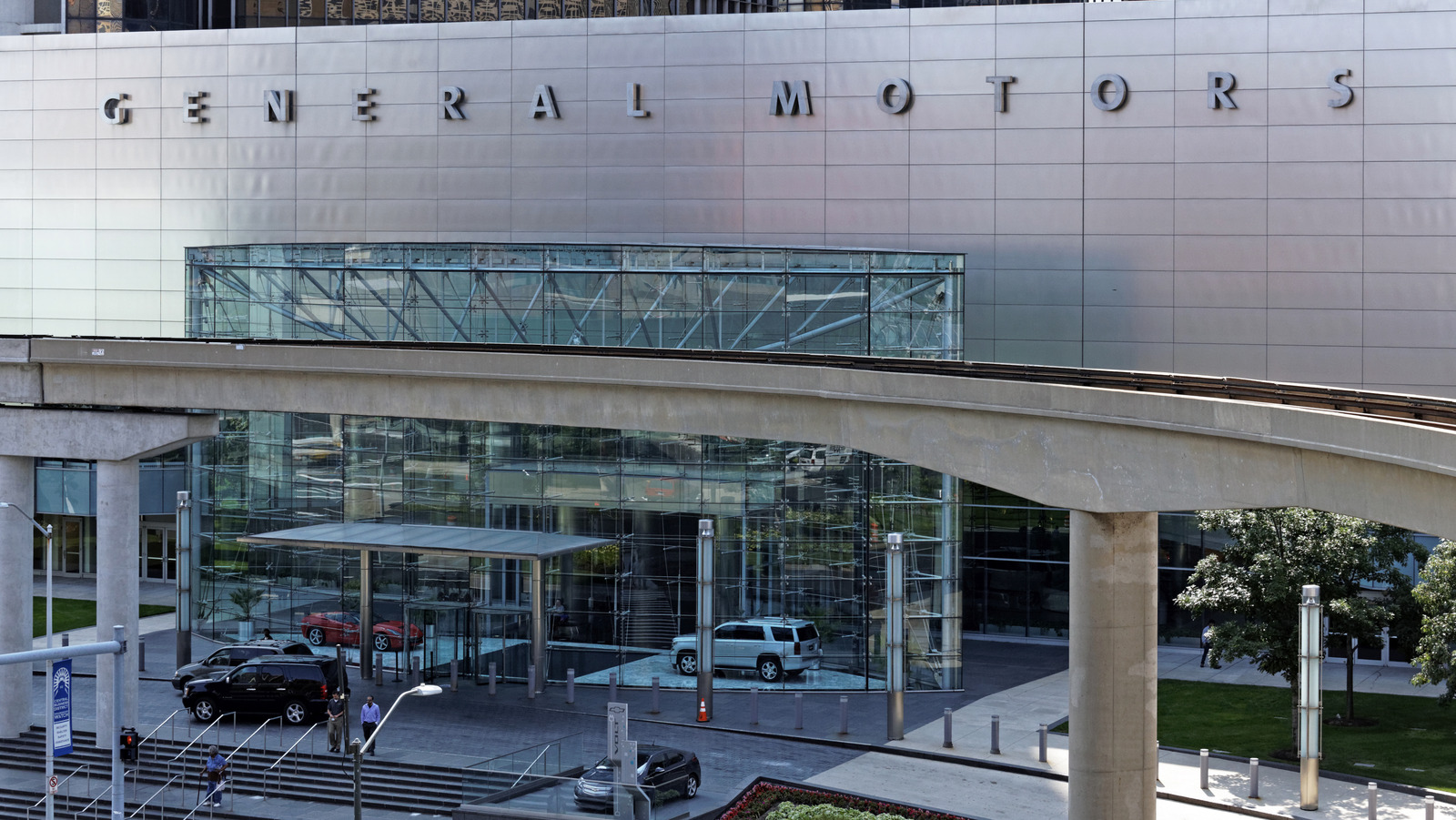Recalls are no joke, but they’re also nothing new. Henry Ford’s Model T is often cited as the first case of an automotive recall: Customers complained of bug bites, and it turned out Ford used Spanish moss instead of traditional seat filler or cotton, and the small insects that made a home in that moss were not too happy about it.
GM has also been involved in several automotive recalls, including some of the biggest, and most infamous, of all time. In 1971, GM recalled 6.7 million cars when engine motor mounts began to fail — a problem GM didn’t believe was legitimate, but fixed anyway. In 1973, 3.7 million Chevrolets, Pontiacs, Buicks, and Oldsmobiles were recalled after it was noted that gravel could travel from the road into the steering mechanism. 1981 saw a recall of 6 million vehicles across many of GM’s brands after the bolts that held their rear lower control arms in place were susceptible to rust, allowing them to break and the suspension to drop free.
But the 2014 recall, the largest ever by an American car manufacturer and the second-largest ever worldwide, owed to a faulty ignition switch that could cut power, especially if a heavy keychain was in use. That power failure resulted in the unexpected loss of power steering, anti-lock brakes, and airbags. It led to at least 124 deaths, 275 injuries, $594 million in settlements, and a recall of over 30 million vehicles equipped with the faulty switch.
link

